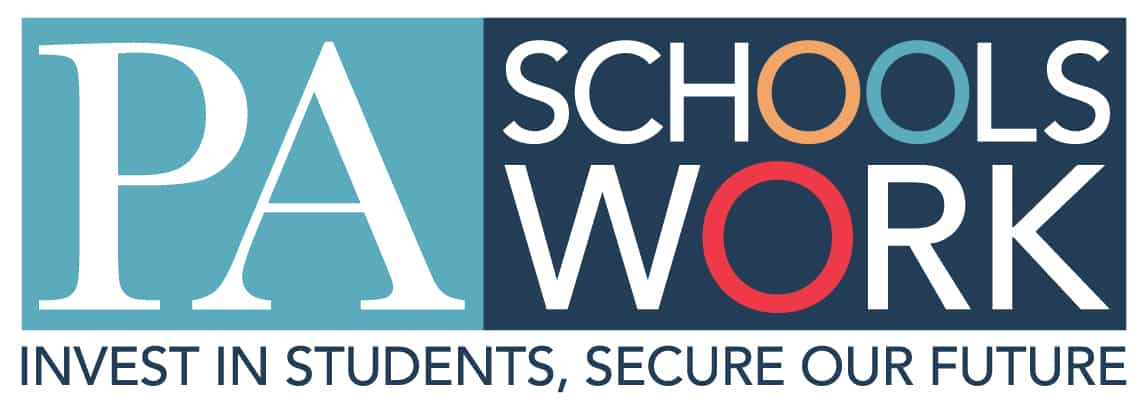EQUITY
Growing up in the right zip code in Pennsylvania can change a student’s entire educational experience. With one of widest gaps between the highest and lowest spending school districts of any state in the country, our students and educators are experiencing inequity at outrageous and damaging levels. The disparity in spending is so wide that the most well-off districts spend about $114,000 more per classroom than those with the lowest spending districts. If you want investment levels to rise and equity to become a Pennsylvania priority, join the work!
The PA School Works approach tackles the entire problem without pitting school districts against each other and forcing districts to fight over slices of a pie that can’t satisfy their needs in the first place. Here’s how:
Increasing basic education funding to close the state’s more than $4 billion adequacy gap.
This formula fairly distributes state funding to school based on student and community needs. But it will not benefit all students, particularly those living in poverty, English language learners or with other needs, until the state increases the dollars going through it. The PA Schools Work solution assures that all students, regardless of race, ethnicity, ability, family income or the community where they live, will have equal opportunity for success.
Some have proposed solutions to this inequity that are based on the false assumption that merely redistributing existing state dollars will solve the problem. They propose running all basic education money through the state’s funding formula – either immediately or over a short period of time – but not increasing the state’s investment.
That has the effect of redirecting funds from about 350 school districts across the state, some with the lowest available resources for students, to 150 other school districts. This shifts the harm but doesn’t solve the problem, like taking from the hungry to give to the starving.
It’s a faulty approach because how the state distributes its funding for schools is only part of the problem; how much it distributes must be addressed as well.

